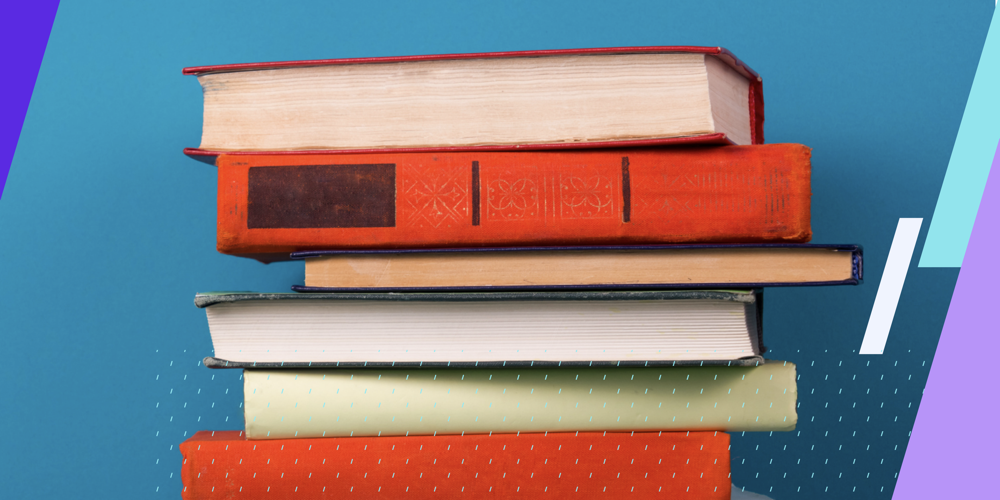Accessible textbooks are essential learning aids for students of all ages with disabilities. Students with disabilities require access to the same information as their peers; however, various types and technologies are involved in accessible textbooks and require special production.
This article is intended as a primer for what accessible textbooks are, why they are significant, and how they are produced.
Significance of Accessible Textbooks
Defined broadly, an accessible textbook is any textbook in a format that provides students with disabilities with the features they need to read. As with other modern educational texts, accessible textbooks are available in print or a wide range of digital formats.
Accessible educational materials are required by law to provide equal access to information for students with disabilities. These students face significant barriers in acquiring basic reading, writing, and math skills, which are critical for accessing higher education, developing marketable skills, and ensuring future independence and success.
Beyond providing equal access, the benefits for students in being able to read a textbook are the same as reading any other material. Students are better able to learn specific topics, gain general information, develop critical thinking, and build a love of learning and reading for pleasure. Having accessible learning materials is necessary for students with disabilities to have basic education, access to future education and career opportunities, and be better informed, active, and engaged citizens.
Types of Accessible Textbooks and Their Production
Braille is arguably the most recognizable alternative format, and its association with education through blind founder Louis Braille (approximately 1830) and advocate Helen Keller (1888) is well established. Braille textbook production traditionally involved embossing Braille code onto thick paper or card stock; modernly, digital Braille files can be read using different sizes of refreshable Braille displays (RBDs).
However, literacy of Braille code is necessary to read these texts. In addition, while Braille can benefit students with visual disabilities, some circumstances are not ameliorated by Braille. Thankfully, other alternative formats can fit the bill.
The broad category of visual disabilities includes not just blindness but also other visual impairments. These include reduced visual fields (including central or peripheral vision), “color blindness” (a variety of conditions that impact types of color perception), and a variety of injuries and illnesses—for example, cataracts. These users may be unable to read Braille but could benefit from adapting textbooks into other formats that permit them to read with the vision they have.
Students without visual disabilities may have other “print disabilities,” a broad category of disabilities that impact reading ability. These can include dyslexia, autism, brain injuries, or cognitive impairments. Often, these disabilities are “invisible” or not apparent to outside observers. Presenting the same content in alternate formats can make learning significantly easier for these users.
Having described the situation, several alternative formats are available for accessible textbooks. Allyant has a great deal of experience and expertise in these, including:
Large Print
Large Print modifies the layout of text and images into a single column and presents all text in a font size (“typeface”) that is much larger than normal. Font size is a minimum of 14-point, and usually 18-point or greater. The resulting document can be used as a digital document or printed. This allows people with low vision, including tunnel vision or partial sight, to have an easier time reading text and to avoid eye strain and exhaustion.
E-Text
E-Text (“electronic text”) is a very broad term: it can be used to indicate any written text that is readable on a computer. Allyant produces E-Text documents as plain-text formatted digital content: text with no formatting, supplemental images, tables, or other structures. All graphical elements are fully described in plain text. Each digital file will also contain audio directives, making it ready for text-to-speech interpretation.
Accessible PDF
An Accessible PDF is a PDF that has been created or specifically remediated to ensure people with disabilities can access the content. Using accessibility standards such as WCAG 2.0/2.1 and PDF/UA for guidance, information about the content—such as alternative text for images and screen reader-friendly tagging for tables, lists, and links—is provided to enable screen reader users and keyboard navigation users to read, comprehend, and navigate the document more easily. As with Large Print, an Accessible PDF can be read digitally or printed.
Producing any of these formats as a textbook presents certain challenges. Textbooks can contain many kinds of content, including images, tables, and charts. Subject matter, such as STEM subjects (science, technology, engineering, and math), can be highly complex. The more complex the subject matter, the higher the requirement that the text, charts, and diagrams be effectively transcribed. All of these require specialist handling to convert them to accessible content.
In addition, the chosen alternative format can be presented in different forms. For example, Braille itself may be required in a variety of types upon request: these include Unified English Braille (UEB), UEB Technical, English Braille American Edition (EBAE), Nemeth, and Braille in English and French.
Thankfully, Allyant has a great deal of experience producing accessible textbooks for educational institutions. Our expertise includes familiarity with transcription for difficult subjects, including STEM.
We have ongoing contracts to produce educational materials in all the above formats; we are also actively engaged with the working groups that discuss and publish guidance and best practices in their production.
Allyant is a “one-stop-shop” for accessible textbooks. We have extensive expertise in defining, remediating, and creating alternative educational documents. Allyant has full-production print facilities for timely, large-scale printing and production. We are actively involved in the standards organizations that support and provide guidance for accessible educational materials. As such, we see growth in the breadth and depth of our working relationships with academic institutions.
If you are a school administrator, educator, or disability support professional seeking equitable access to information for all students, connect with one of our team members today to start your seamless journey to accessible educational materials.

